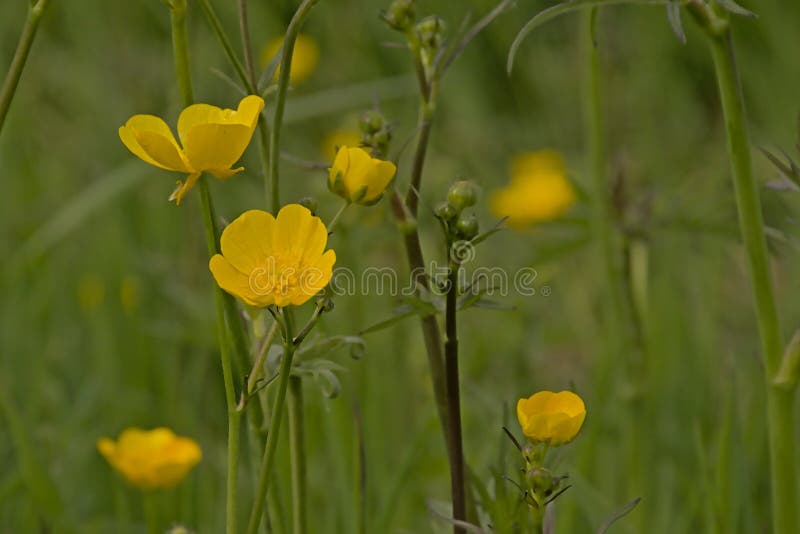

Use a hand fork to lift up the roots and pull it carefully from the ground, making sure you remove every scrap of the stems and roots. Weed Controlįor both exposed soil and lawns, the first approach to controlling creeping buttercup should be removing it by hand. The classic glossy-yellow flowers of creeping buttercup are not unattractive from May to September.Ĭreeping Buttercup is the common buttercup found in grassland, damp places, along woodland and field edges, and in parks and gardens. It flowers mainly between May and August and long, rooting runners help it to spread across lawns. Pale patches on the leaves distinguish creeping buttercup from similar looking plants such as hardy geraniums. Leaves are dark green with light patches and are divided into three toothed leaflets, the central leaflet on a stalk Creeping buttercup can be distinguished from the other buttercups by the spreading way it grows with runners. Although you might not see it flower in regularly mown lawns, you can identify creeping buttercup easily enough by its three-lobed serrated leaves. Creeping buttercup prefers damp conditions but will grow nearly anywhere in the garden, from beds and borders to lawns without much of a care. Its instantly recognisable glossy yellow flowers appear from May to September. Journal of the Royal Society Interface 20160933.Creeping buttercup is a common perennial weed with low-lying foliage that forms mats. Functional optics of glossy buttercup flowers. Reference: van der Kooi CJ, Elzenga JTM, Dijksterhuis J, Stavenga DG. ‘We can now explain the effects of the complex anatomy of the petals.’ This work has thus solved much of the mystery surrounding the buttercup. ‘But this may also be due to the shielding effect of the petals from the wind.’ ‘We are still doing measurements, but our hypothesis is that this light helps to increase the temperature of the reproductive organs, which enhances seed and pollen maturation.’ Previous measurements by others have shown that the centre of the buttercup flower can be several degrees warmer than the ambient temperature. When it is cold, the petals form a paraboloid-shaped cup (like a satellite dish), thus reflecting the sunlight towards the central area of the flower, where the reproductive structures are located. The second advantage is that the buttercup is heliotropic, which means that its flowers follow the sun, especially on cold days. ‘The first is that, under the right conditions, the gloss reflecting from the epidermis can produce a bright flash that is visible to pollinating insects from a great distance.’ The sun needs to be high in a clear sky for this to happen.

| Photo Van der Kooiīut why should the flower produce such complex petals? Van der Kooi can see two advantages. Owing to the flower’s heliotropic movements and near-closure at low temperatures, the gloss enhances light reflection to the reproductive organs. The glossy petals of buttercup flowers are due to a pigmented epidermal layer that acts as an optical thin film. ‘Thus, the light reflected by the starch travels through the pigments twice, giving it a very rich yellow colour.’ Van der Kooi used a physical model of the petals which he had previously developed to explain how these unique anatomical features are responsible for both the intensity of colour and the sheen of the petals. The structure of the epidermis has been described before, but Van der Kooi and colleagues are the first to measure light spectra and conclude that the cell layer acts as a thin film.Īlongside the air chamber, the buttercup petals have another unique structure: a starch layer, which again scatters light and sends some of it back through the pigmented epidermis. ‘Butterflies use similar structures to produce colour, as do some birds, but buttercups are the only known flowers to do so’, says Van der Kooi. This kind of thin pigmented film is unique in the world of plants. This creates a white sheen, which makes the petals seem glossy.’

As the cell layer is very smooth and thin, optical interference occurs and the reflected colours merge. ‘Light is reflected on both sides of the epidermis, where the cells and air meet. The colour-generating mechanism is similar to oil on water or a soap bubble’, says Van der Kooi. ‘We discovered that this layer acts as a thin optical film.


 0 kommentar(er)
0 kommentar(er)
